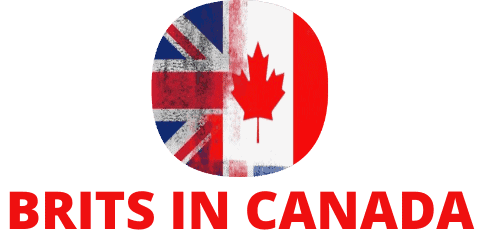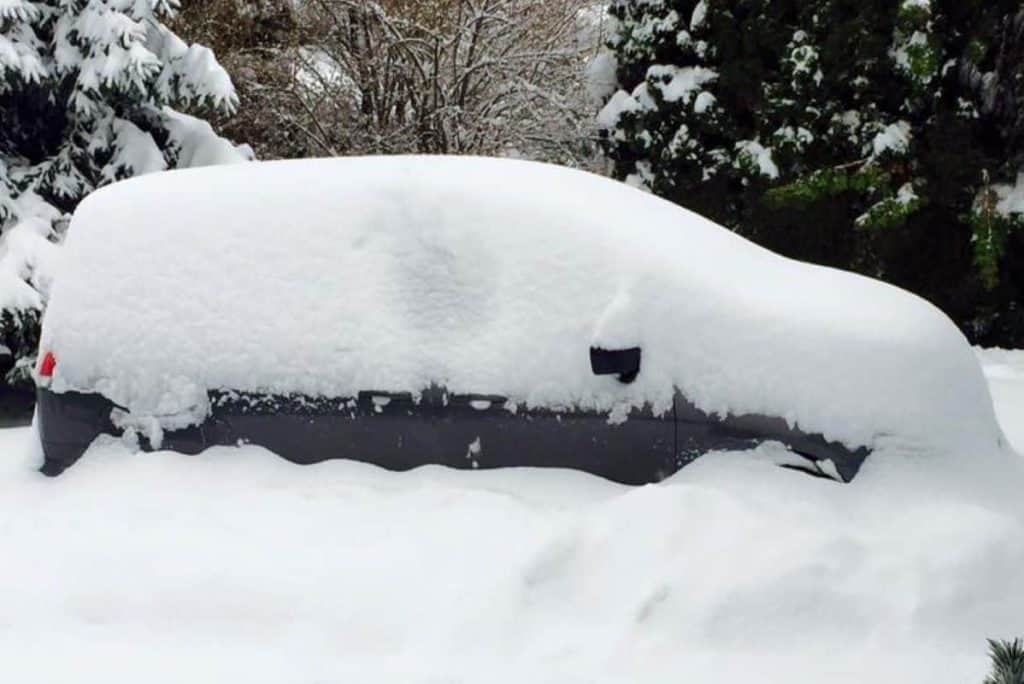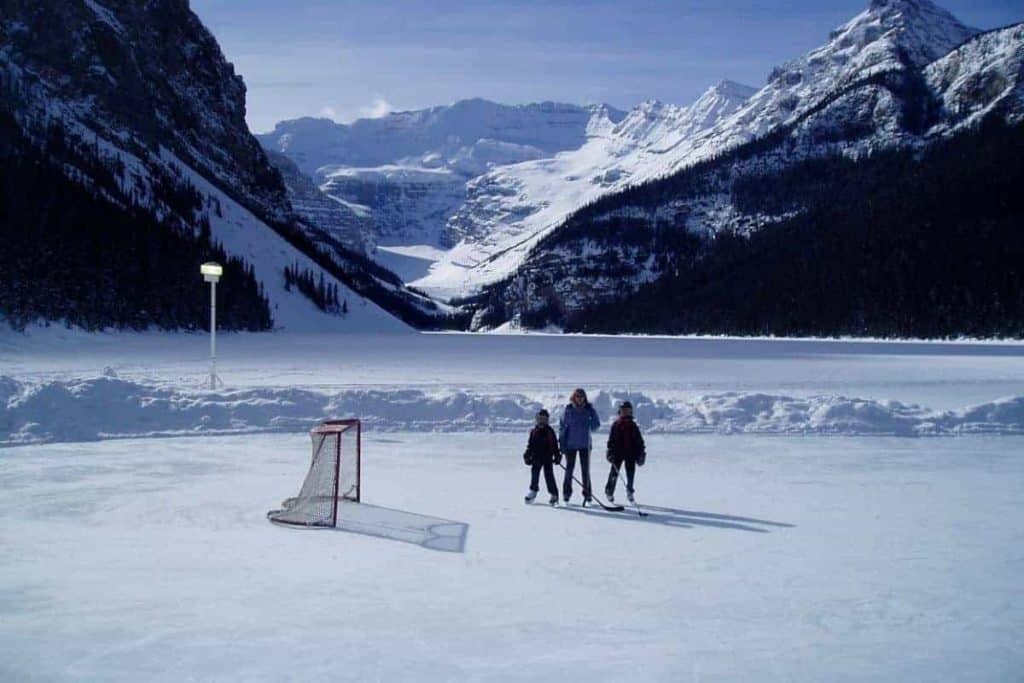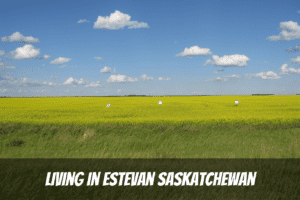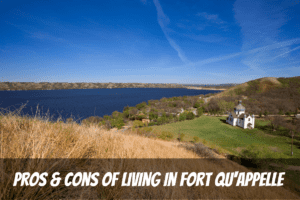Canada’s nickname of the “great white north” was earned for a reason. It is impossible to escape the bitter cold, ice, and snow (unless you live on the west coast).
When I moved some 16 years ago, I was poorly prepared for my first winter in Canada, and my first instinct was to hide away. Since then, I’ve learned to embrace the cold and admire the winter wonderland that Canada becomes.
I have come to enjoy downhill skiing and snowshoeing, and not much beats skating on a frozen lake in the Rocky Mountains. I have also learned how to dress properly, how to winterize my car and to NEVER let snow build up on my driveway.
You don’t need to learn the hard way. These are my top tips for preparing for and learning to love winter in Canada.
1. How To Dress For Your First Winter In Canada.
The Norwegians have a saying: “det finnes ikke dårlig vær, bare dårlig klær”, or “there’s no bad weather, only bad clothes”. It took me a while to really understand this.
Everyone has their own way of laying up, but these are the very basic requirements for your first winter in Canada:
- A warm winter coat with a hood
- Waterproof boots with a good grip
- A toque (otherwise known as a woolly hat)
- Scarf, buff or similar for your neck
- Thick gloves or mittens (I often wear wool gloves with down mittens over the top)
- Snow pants
- Light-weight ice grippers (such as Yaktrax)
The trick is not to leave any exposed skin apart from your face. Also, avoid any gaps in clothing that will allow cold air to creep in. For example, pants/trousers should always be tucked into your boots.
If you plan to beg outside for a long period, heated body warmers can be lifesavers. They are small pads, most often used inside gloves, that will stay warm for several hours.
Are You Planning A Move To Canada?
Are you wondering whether to make the move? Do you have endless questions?
Let us help!
Find out here the cost of transferring money from the UK to Canada, how long it will be before you are eligible for health care, and much more!
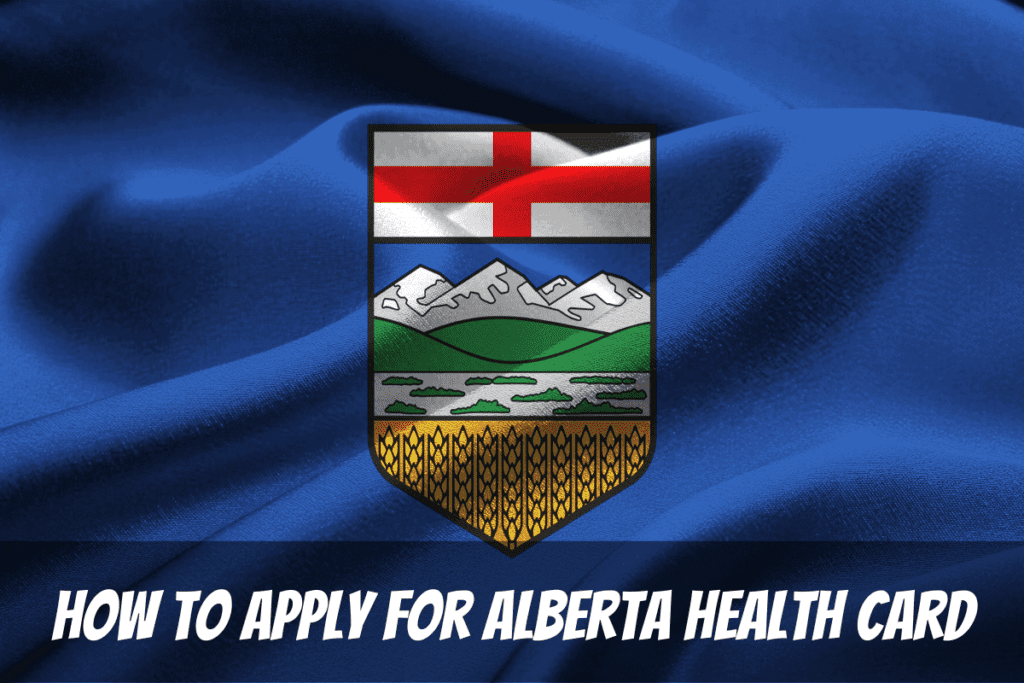
2. Winterize Your Car
My best advice here is to get winter tires. There are three types of tires in Canada. Summer tires, all seasons, and winter tires.
All-season tires are technically suitable for year-round use. The reality is they don’t come close to competing with winter tires in the snow and ice. Buying a second set of tires is a big upfront cost, but in my experience absolutely worth it. A minor bonus is that many car insurers will give you a discount if you use winter tires.
Other advice includes:
- Always carry a snow shovel and ice scraper in your car
- Service your car before the start of winter
- Ensure oil and coolant levels are correct
- Top up wiper fluid regularly
- Prepare an emergency kit for your car (especially for out-of-town trips)
3. Shovel Your Driveway Promptly
I learned this the hard way. In my native England, snow always melts within a few days. That first winter in Canada, it didn’t occur to me that once it started snowing in Canada, it wouldn’t melt until the spring.
Several months into our first winter in Canada, we found ourselves with around nine inches of compacted snow and ice on our drive. It became increasingly difficult to move our car, and we eventually spent several days chipping off the frozen mass.
It’s not just about the build-up of snow. It’s pretty easy to shovel a few inches of fresh snow. With time (even just 24hrs), it becomes heavy and compacted, and the surface often turns icy as it melts in the sun and re-freezes.
4. Make Space In Your Garage For Your Car!!!
I grew up thinking garages were just for storing stuff. Often this can’t be helped, but it really does make a difference if you can make space for your car.
I always try to put the car away if snow is forecast. Shovelling the drive is difficult to avoid, but you don’t need to spend time clearing several inches of snow and ice off the car as well.
5. Invest In A Hot Tub (Or Find A Friend With One)
It took me a long time to appreciate having a hot tub. The last thing I wanted to do at -20 deg C was to pad across the deck to the hot tub (in a swimming costume!). I was the only member of the family that didn’t use it during our first winter in Canada.
However, it turns out that nothing warms you up like 20 minutes in a hot tub. It is so effective I don’t even mind the trek back to the house afterward.
Hot tubs are best enjoyed, in the cold, in the dark, and on a clear moonlit night!
Are You Planning A New Career in Canada?
Are you wondering how much you can earn? Or if your job is in Demand?
Let us help!
We cover 100s of occupations from paralegals to mechanical engineers and more.
Learn about wages rates, prospects, transferring qualifications and much more!

6. Try Winter Sports
Downhill skiing is the winter sport that often springs to mind first. But you don’t need to live near a ski hill to get outside and enjoy the snow. Added benefits are that the mosquitoes are gone, and the bears are asleep!
These are a few of your options:
- Skiing (or snowboarding) – If you can get to a ski hill, Canada has some of the best resorts in the world. I had previously skied in Europe, but hitting the slopes in Canada was a completely different experience. The snow is fantastic, there’s no shortage of it, and it is very rarely icy. Also, most snow hills are so big that queuing for lifts is rarely a problem.
- Cross-Country Skiing – my experience with cross-country skiing is more limited, but it’s a great way to spend time outdoors and get some exercise.
- Snow Shoeing – if you’re not keen on skiing but like to hike, snowshoeing is an excellent option in the winter. It’s also cheap. The only cost is to buy or rent the shoes.
- Ice Fishing – I haven’t tried this one, but it involves sitting on a frozen lake and fishing through a hole in the ice. For a bit more comfort on the lake, you can often rent an ice hut. It’s extremely popular, so it must be more fun than it sounds!
- Tobogganing – this isn’t a sport but is very easy to do. Just head for a snowy hill with a toboggan or a large sheet of plastic.
- Fat Biking – fat bikes have oversized tires for extra stability on rough surfaces. The extra tire tread also prevents slipping on frozen surfaces.
7. Skate On A Frozen Lake (Or A Canal)
Outdoor skating is one of my favourite things about Canada in the winter. If you are lucky enough to skate on a lake before the ice surface gets scratched up, you will be able to see straight through the ice (literally like being on a piece of glass). Make sure you get advice from an expert before venturing out.
For me, a bucket list item is to skate on the Rideau Canal in Ottawa. For a couple of months, a 7.8km stretch of the canal is turned into an oversized skating rink every winter.
8. Play Pond Hockey
A favourite with my kids was always playing hockey outside. This can be at an outdoor ice rink or a frozen lake or pond. Canadians will flood and freeze their backyard if these aren’t available.
9. See The Northern Lights
The best places to see the northern lights are the Yukon, Nunavut, and the Northwest Territories. The frontier town of Churchill, in northern Manitoba, is also a popular destination for people seeking out the lights. You may get lucky and spot them from further south (we once saw them from Penticton in Southern BC).
